Disclaimer: This post contains affiliate links to handpicked partners, including tours, gear and booking sites. If you click through or buy something via one of them, I may receive a small commission. This is at no extra cost to you and allows this site to keep running.
The Kili trek is no mean feat but can be a triumph when a trekker is fully prepared. Use this Kilimanjaro packing list to help you on the road to a comfortable and successful climb.
When climbing Africa’s tallest freestanding mountain, you will be trekking across a full spectrum of ecosystems and weather conditions, so it is vital to be prepared for the extremes – hot and sunny, cloudy and chilly, rainy and windy and snow and minus temperature chill.
You may encounter all this in one day, so prep via layers and an accessible full set of trekking wear limits feeling uncomfortable and miserable, especially at Summit.
Kilimanjaro Backpacks and Bag Allowance
Knowing what to pack for Kilimanjaro is one thing; where to store all the items is another.
You will have two bags with you during the trek. All other luggage not needed for the trek is safely stored at the designated trip hotel while you climb, which is especially useful if you have packed for a Zanzibar or Safari pre- or post-trek.
One larger backpack of up to 15kg
The full-trip bag has a limit of 15kg and is the bag the porters will carry to the next camp.
A duffle bag is preferred, although we were able to use our backpacks as they fit the 30cm (height) x30cm (width) x 60cm (length) sizing that’s put into a carry sack.
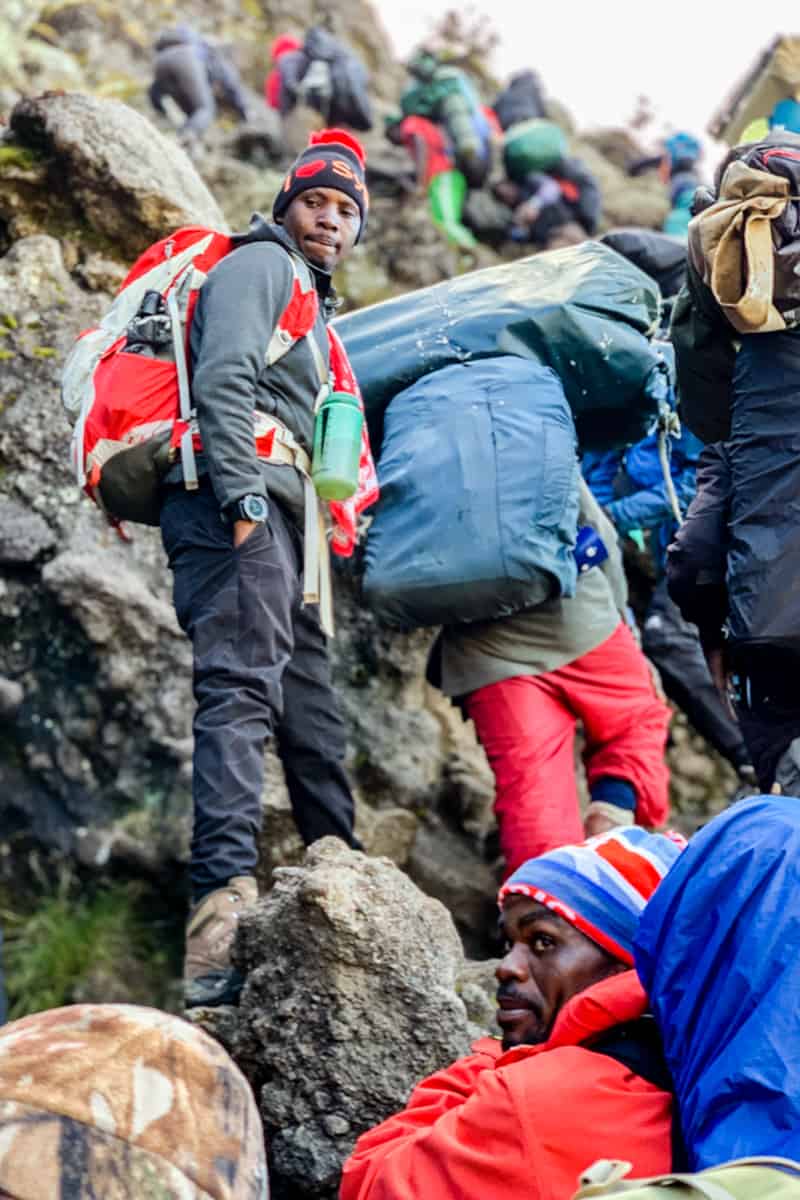
Porters carrying large bags on the Kili trekking route.
One smaller daypack around 25-35L
This is the bag you will carry with you daily. You’ll need to carry at least 2 litres of water, extra layers and waterproof gear, snacks and, in my case, my camera. Ideally, you don’t want to overload this bag, keeping contents to a minimum.
A 30-35L Day Bag with Camel hydration pack was what I opted for. We used the Osprey Hikelite 32 (female fit) and Osprey Stratos 34 (male fit), both include a 2.5L reservoir, which I cannot recommend enough for long treks and keeping hydrated easily while on the move. These packs also have a rain cover, contoured fit and cooling back system for maximum comfort, and roomy, multi-compartment sections to organise your gear.
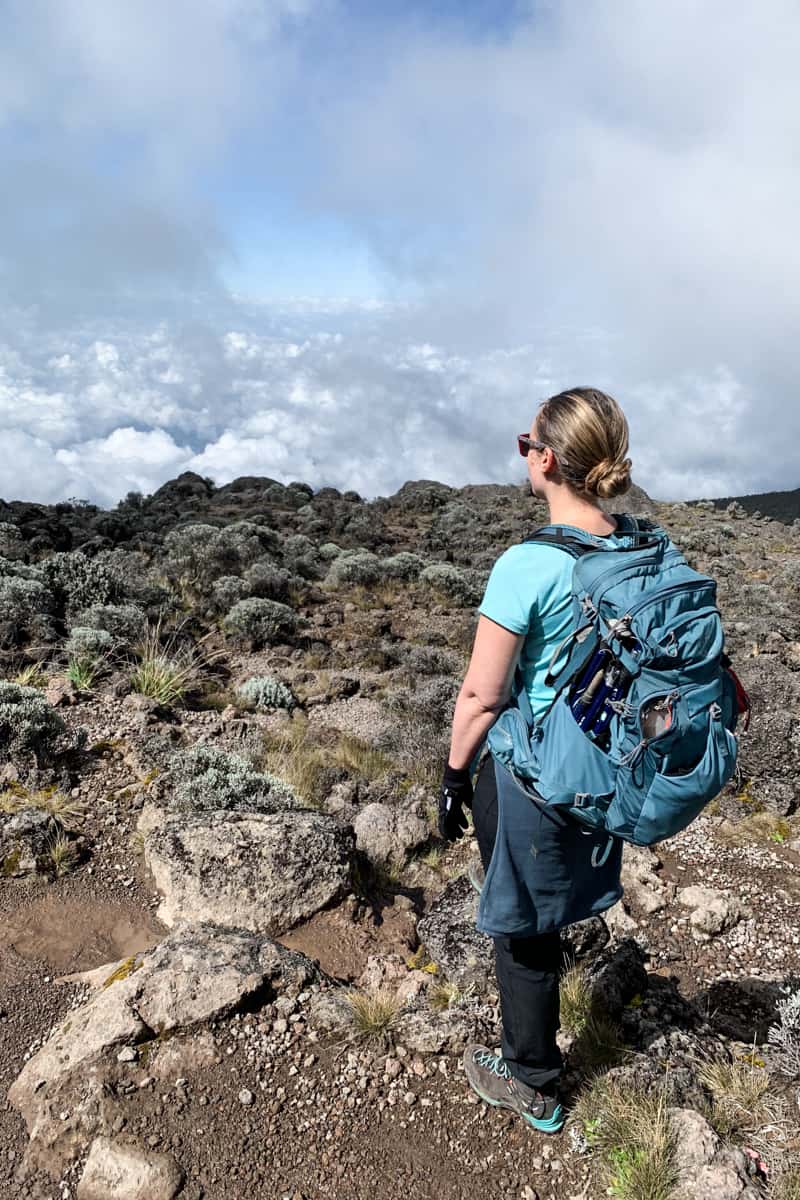
Carrying the daypack with layers and essentials during the Kilimanjaro trek.
Full Packing List for Kilimanjaro
No matter what commercial Kilimanjaro route you choose, your Kili kit list will consist of the same bundle of layers, gear and essentials to see you through physically and mentally. I booked the Lemosho trail – an 8-day trek tour that includes the hotel in Moshi on either side and includes the cost of tents, food, guides and porters.
Things Not to Pack for Mount Kilimanjaro
You don’t have to worry about tents, chairs and eating utensils, as your trek provider typically provides these. Most also have the option to collectively pay for a portable toilet hire, which is well worth the extra cost for more comfort and convenience.
Technical gear like crampons and rope are unnecessary; this is a commercial climb with no equipped technical elements.
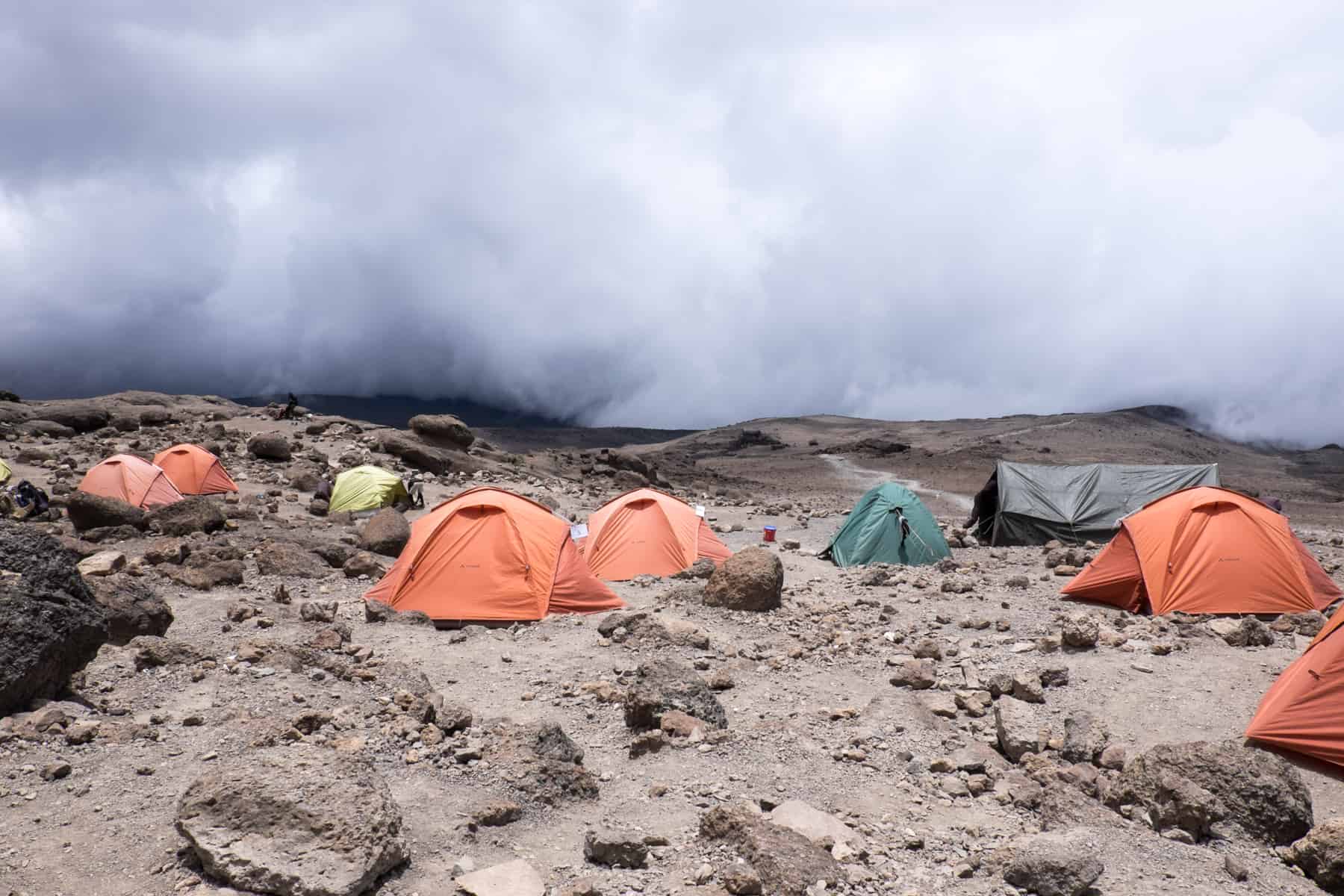
Tents and the big Mess Tent for dinner – the camping equipment you don’t need to pack for Kilimanjaro.
Recommended Hiking Boots for Kilimanjaro
- 1 x Waterproof Hiking Boots with winter/snow grip. We both purchased Salewa mountain trek boots from the MTN Trainer Mid GTX range – lightweight, with a softer ankle and heel system for comfort and a Vibram sole for an excellent grip.
- 1 x Camp Shoes/sneakers. For quick change and comfort. I always travel with my Vivobarefoot Primus Lite II sports shoes, which are ultra-lightweight and made from plant-based fibres.
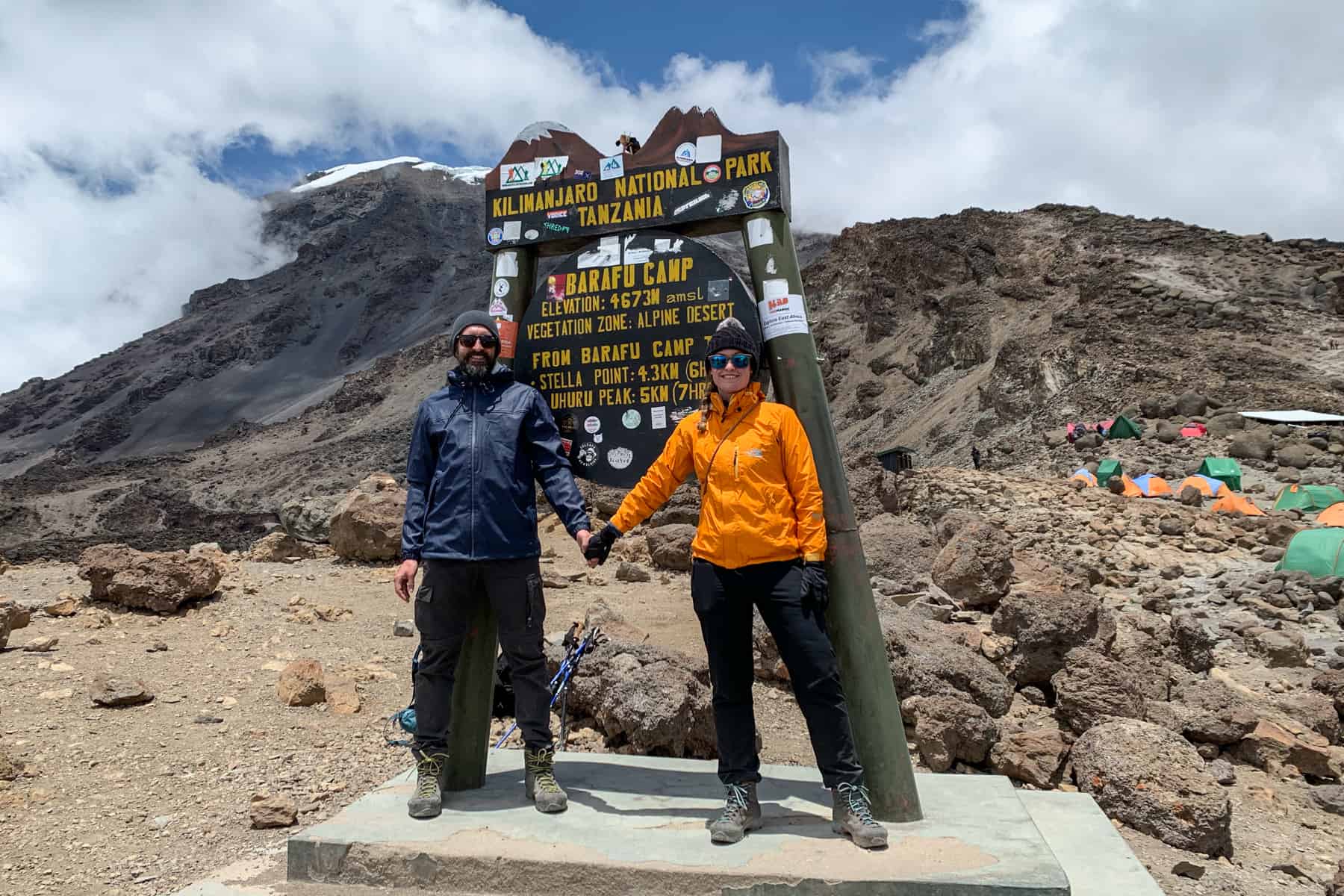
Rocking the Salewa MTN Trainer Mid GTX hiking boots.
Best Sleeping Bag for Kilimanjaro
- 4-season Sleeping Bag. I invested in a Hyke & Byke Eolus 800 Ultralight Goose Down Sleeping Bag (-10 & -15 Degrees). It’s a snug-fit ‘Mummy Bag’, squashy, comfortably warm, and easy to pack and unpack.
- Silk sleeping bag liner or a thermal/fleece sleeping bag liner if you want more comfort and an extra layer of warmth.
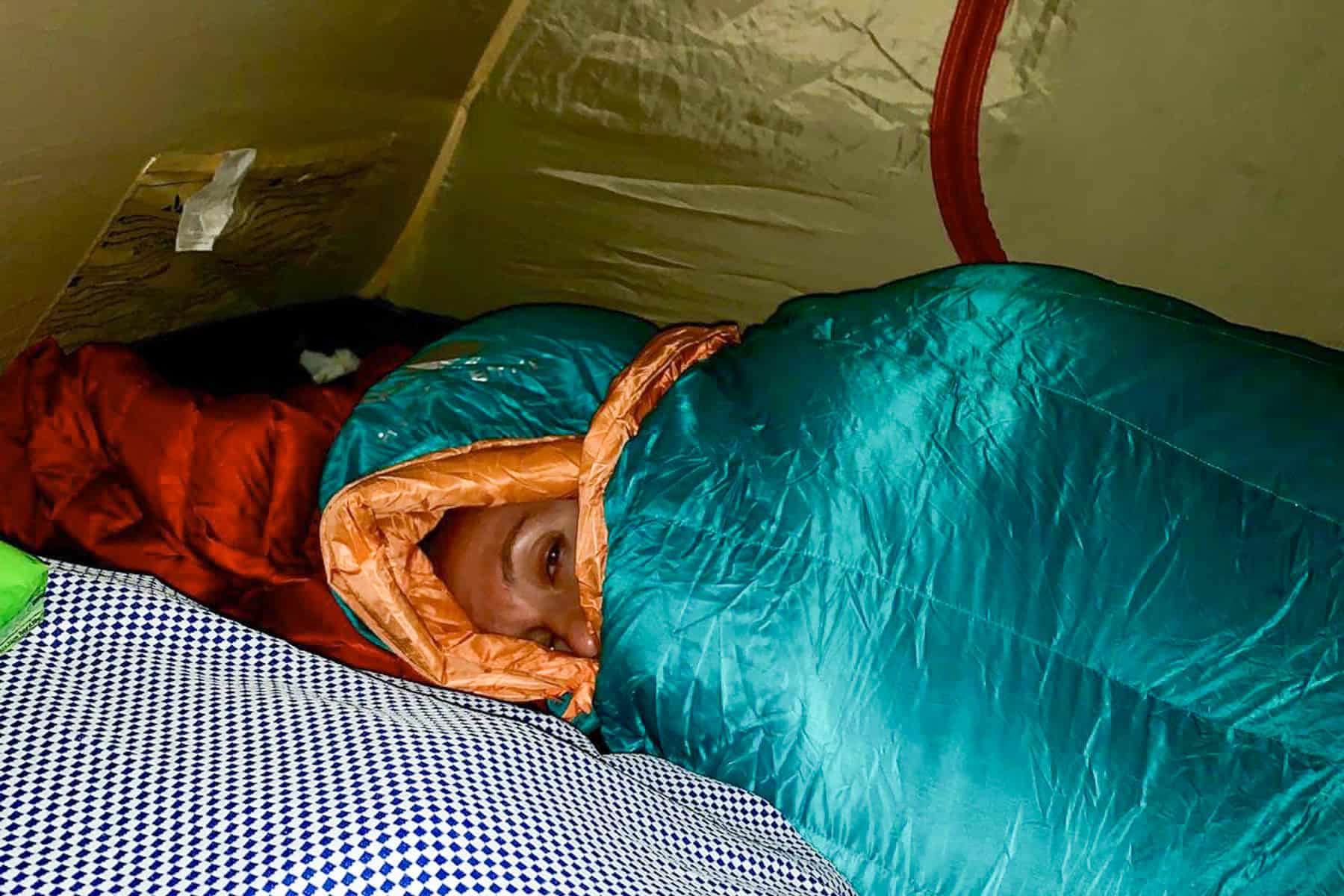
Cosy sleeping bag for Kilimanjaro trek nights.
Best Clothing for Kilimanjaro
- A down jacket, a windproof and waterproof jacket and a fleece for layering and protection against the elements.
- A pair of sports leggings for the cooler days (first and last day)
- One pair of comfortable trekking pants since you will mostly live in these.
- Invest in some fleece-lined trek pants for Summit night for extra warmth and comfort
- A pair of quick, easy pull-on waterproof pants for spontaneous rain showers.
- Two thermal tops and a pair of thermal bottoms/long johns. These are also ideal to use as sleepwear.
- A sports bra is more comfortable than a standard bra.
- Three lightweight wicking t-shirts. Just make sure they are not cotton, which retains moisture and doesn’t dry quickly.
- Two long-sleeve mid-layers / zip-up jackets for extra warmth layering.
- A warm hat, scarf and gloves. I took two pairs of gloves – one lighter pair and thicker ski gloves for Summit night.
- Pair of leg gaiters (which I rented at the hotel)
- Socks and underwear for each day. I packed 4 x Liner socks and 4 x Quick-dry hiking socks (wool or synthetic). I also packed some cosy and ultra-warm Heatwarmer socks for the night.
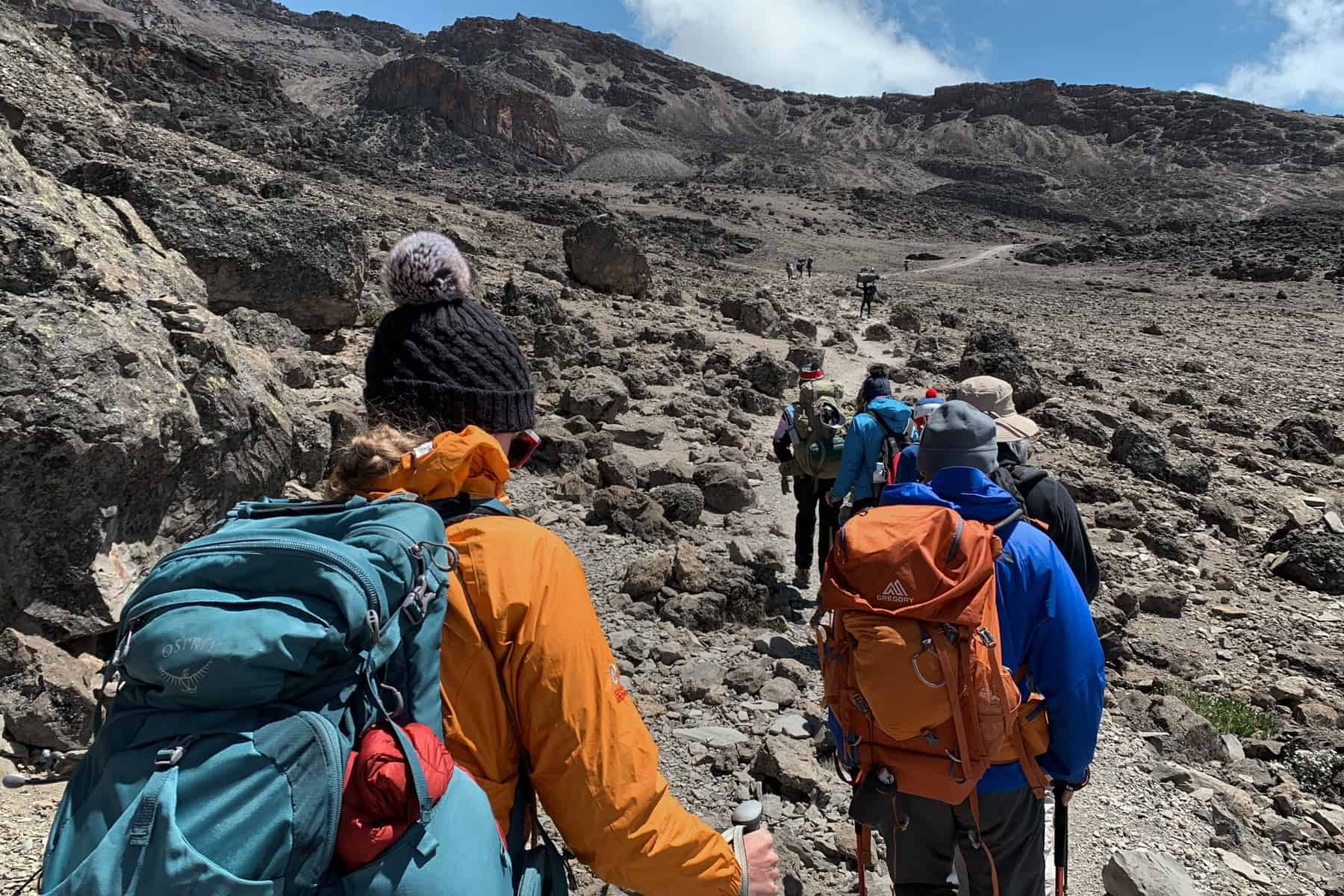
A mix of weather elements. Wearing sunglasses, a hat and a waterproof jacket. Carrying a down jacket for extra protection.
Trekking Accessories
- Metal/aluminium bottle for the night to hold hot water.
- A strong LED headtorch for camp at nighttime and a smoother Summit climb.
- Skin protection, such as sunglasses, sunscreen and heavy-duty lip balm.
- Walking poles, which are invaluable for unstable, rocky climbs.
- Quick dry microfibre towel, easy to dry or hang on your daypack.
- Earplugs, because camp can get noisy, especially in the early mornings.
- Cleansing essentials, such as hand sanitiser, toilet paper, wet wipes, and toiletries (ideally biodegradable).
- All prescription drugs and painkillers and a mini first aid kit.
- Snacks, electrolytes and comfort foods, including protein bars, nuts and chocolate.
Essential Electronics
- Camera and relevant accessories. Lenses are optional according to the size and extra weight you want to carry.
- Spare camera batteries. I took three extra battery units.
- Smartphone and extra chargers. We took two Anker 20000mAh High-Capacity Portable chargers.
- Universal Adaptor for pre-charging at the hotel.
- Waterproof Dry Bag/Dry Sack. Efficient for packing and with a waterproof roll-top closure.
Cameras and batteries should be protected against cold and wet weather, wrapped up in a dry bag or the interior pockets of your clothing.
Money, Porters and Tipping
Do you need to take hard cash on the mountain? Unfortunately so. The currency in Tanzania is the Tanzania Shilling, although it is advisable to also carry American Dollars cash for payment and exchange.
Credit cards work and are accepted at some hotels, although cash is preferable. ATMs were available for Tanzania Shilling withdrawal.
You will need to carry around $250 to tip the porters and guides on the climb, as you will say goodbye to most of them in the National Park on the last morning. Keep this in a waterproof and protective pouch/wallet.
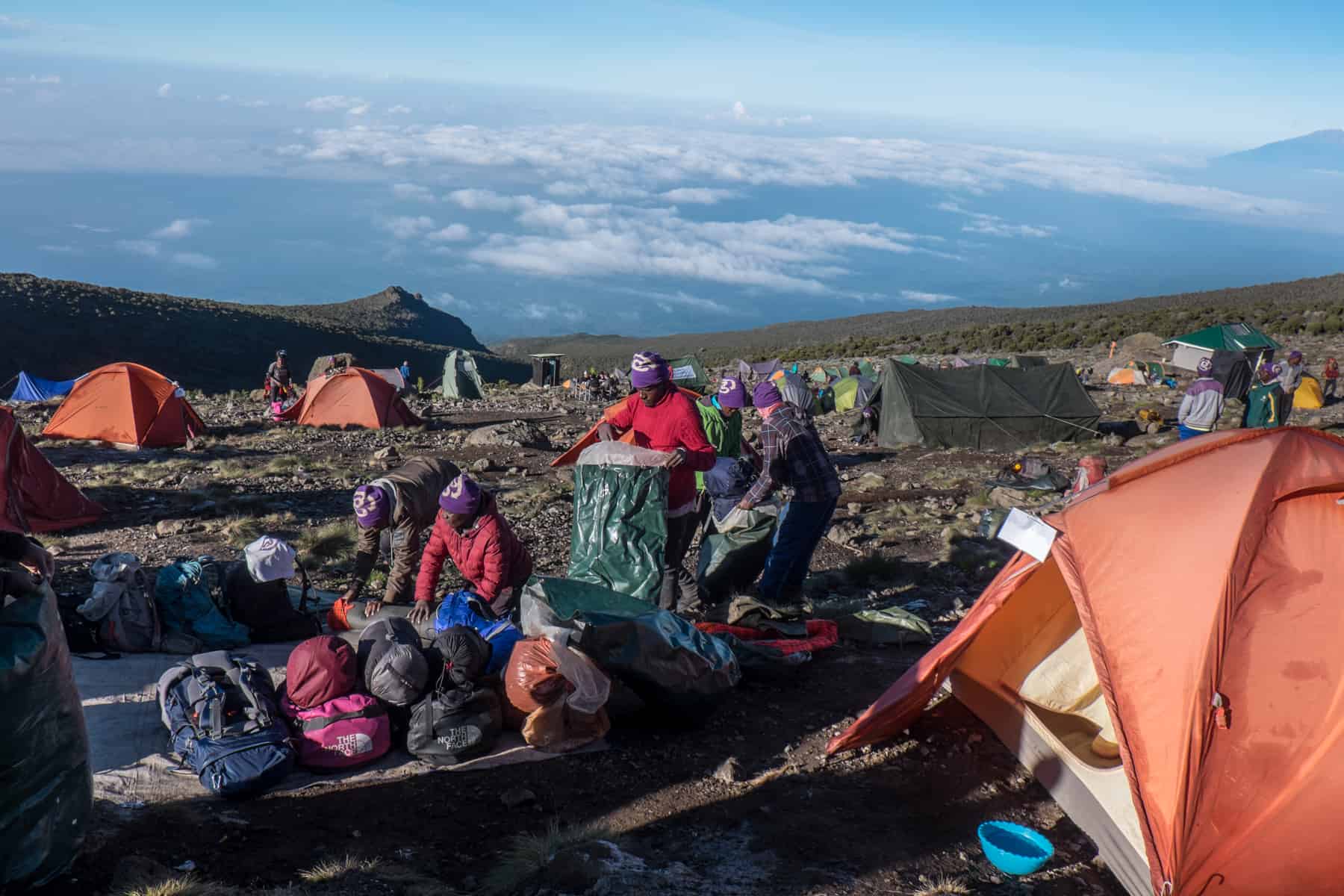
Unpacking and packing up – the daily routine of the Kili climb.
Prints of Documents
Have copies of your passport ready for camp sign-ins. You should also carry vaccination certificates, travel insurance policies, trip vouchers, and hotel bookings.
Ready to Trek?
You are all equipped to climb 5,895 meters to the peak of a lifetime; now it’s time to get mentally prepared. My Kilimanjaro Trek Guide covers everything from the best time to trek to altitude tips, while my 8-Day Lemosho Route Guide gives a day-by-day overview of the entire trek journey.

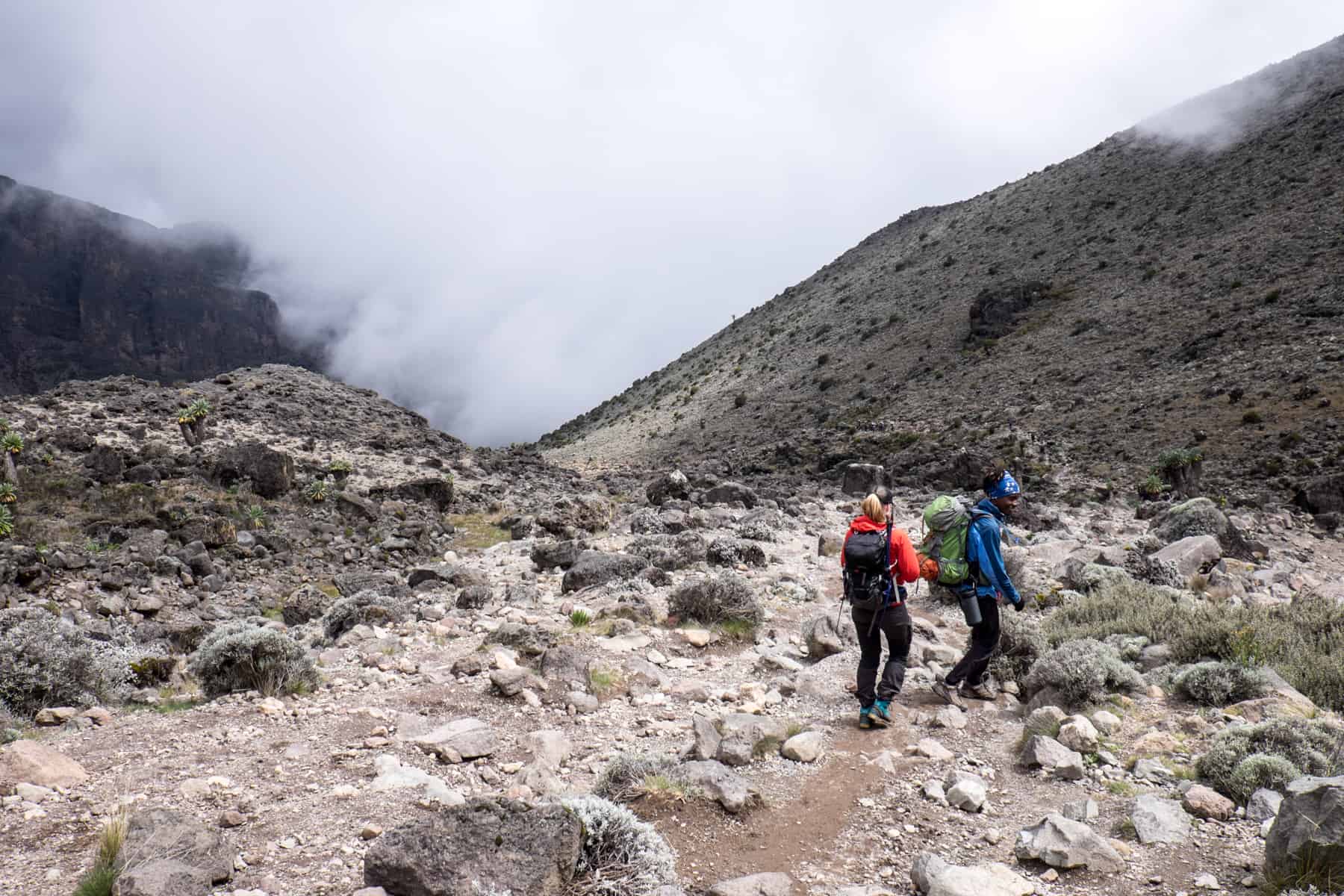
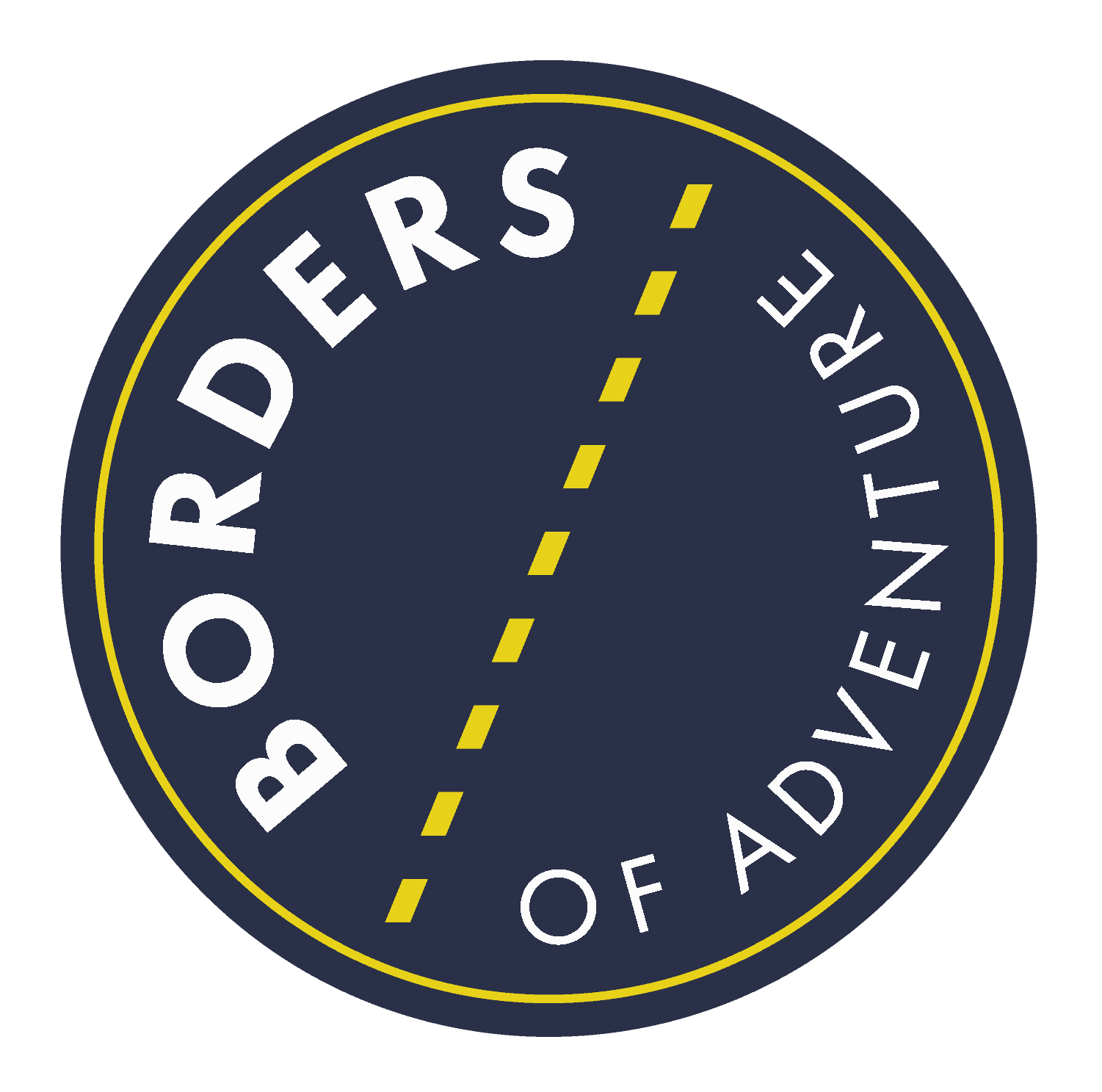
Leave a Reply